The Swing Plate
In this day and age, you almost can’t call yourself a real golfer if you aren’t using some combination of training aids to get better. Ok, that’s a slight exaggeration, but the culture of alignment sticks, pool noodles, putting mirrors and paths, etc is stronger than ever. Watching the evolution of alignment sticks has been the most fascinating to me. A simple and lightweight solution that fits easily in the bag and only costs $3 from your local hardware store turning into golf-branded sticks costing up to 20x more. I digress. Alignment sticks have been tried and true as a practice aid for quite some time, and U.K. PGA Professional Jamie Brittain realized an opportunity to make them easier to use in a variety of different ways via a simple solution. That solution is the Swing Plate training aid.
(For the record, the $3 sticks that OGs use are just “driveway markers” for guiding snow plows, etc. That’s what the cool trendy $60 pairs of sticks evolved from.)
Setup
Frankly, setup and “portability” are what makes the Swing Plate great. As they say, “no more wedging a stick in a driving range basket.” Setup is extremely easy and mainly dependent on what you’re practicing. Just pull the plate out of your bag, unfold the arm, and set it at the desired angle for the drill you’re going to do. Should you switch drills, it’s easy enough to readjust the arm. They even include a small metal wrench for loosening and tightening the arm’s bolt when necessary. Of course, the next step is to put your preferred alignment stick in the designated holes. Again, depending on the drill being practiced, you might not use both alignment holes. In some cases you will lay a stick down on the grass and not in the plate.
Performance
The Swing Plate performance is really dependent on you, the golfer. You have to know what you want to work on and what the stick angles need to be to accomplish that. Fortunately, Swing Plate will give you a head start with some basic things to practice on here. They have multiple videos demonstrating drills and explaining how get them setup. In some cases, you can even use a SECOND swing plate to setup different drills. What’s nice is that you can really setup a lot of different drills with precision and reliability because of the sturdy structure. You don’t have to settle for “good enough” lines and jamming your alignment stick into too hard of ground over and over again.
Slight anecdote here. I worked with very good friend of the progremme, my nephew Josh Rivera, for these pictures. We met up at the driving range, I explained to him what the “device” did, and told him to just hit balls. Once we got through all of our photos, Josh kept practicing. He would make changes to practice different things and started to really get a feel for it. By the end of a bucket of balls, he was all in on the Swing Plate. So much so that he still has my Swing Plate and my alignment sticks, and still making great use of it. Don’t worry, I already stopped at a hardware store and replaced my two sticks for $5 total.
Final Thoughts – The Swing Plate
This is the kind of thing I love in golf products these days. The Swing Plate is so simple, but yet so useful and practical making practice both better AND easier. It’s compact enough to throw into the bag when you’re heading to the range for a practice sesh. Setup literally takes seconds and there are multiple ways to benefit from it. In fact, you can even get creative and make up your own drills with it! If you’re looking for simplicity in your practice that will deliver results, definitely check out the Swing Plate.

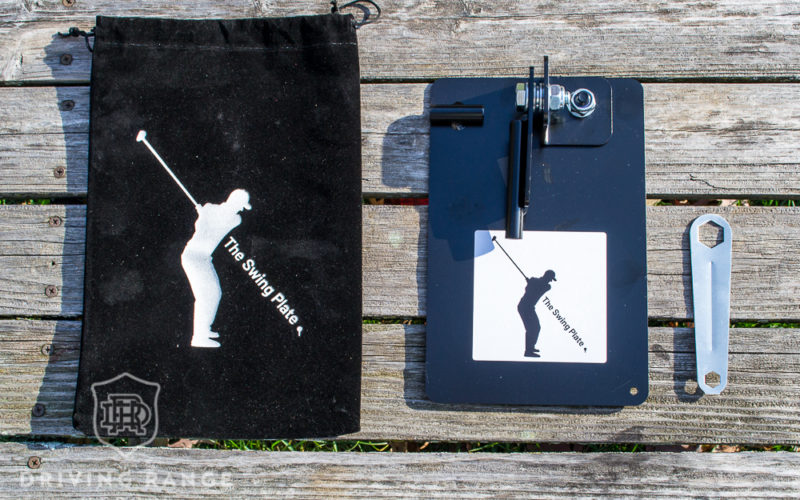


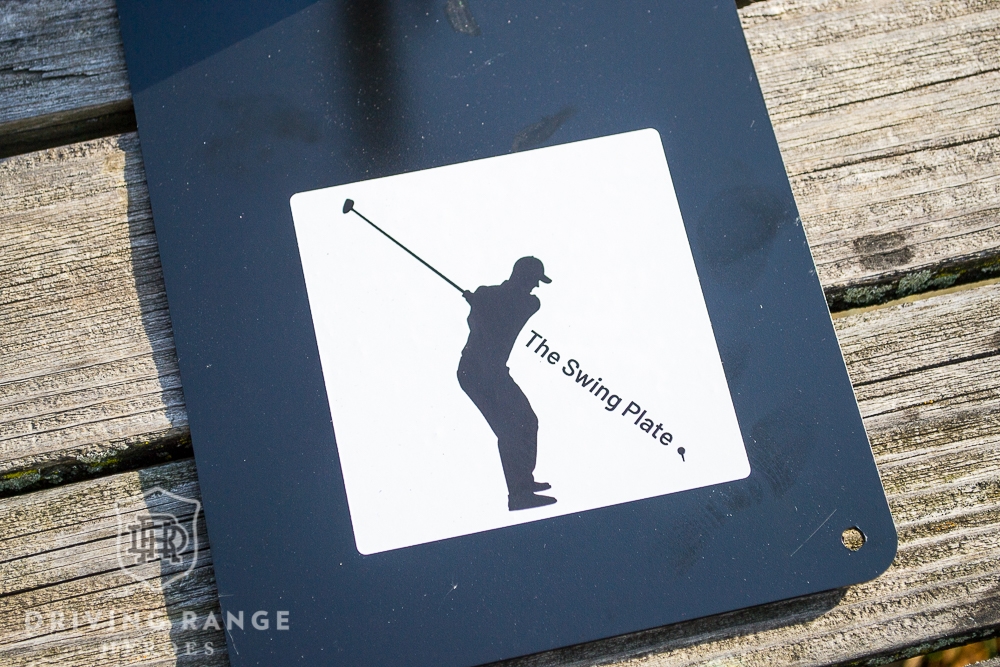
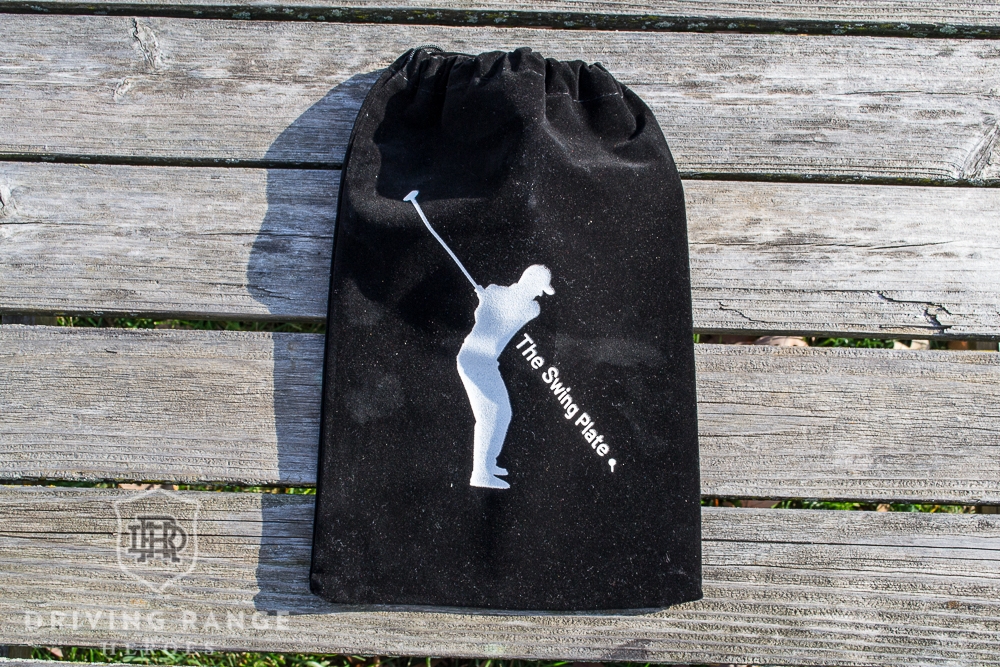
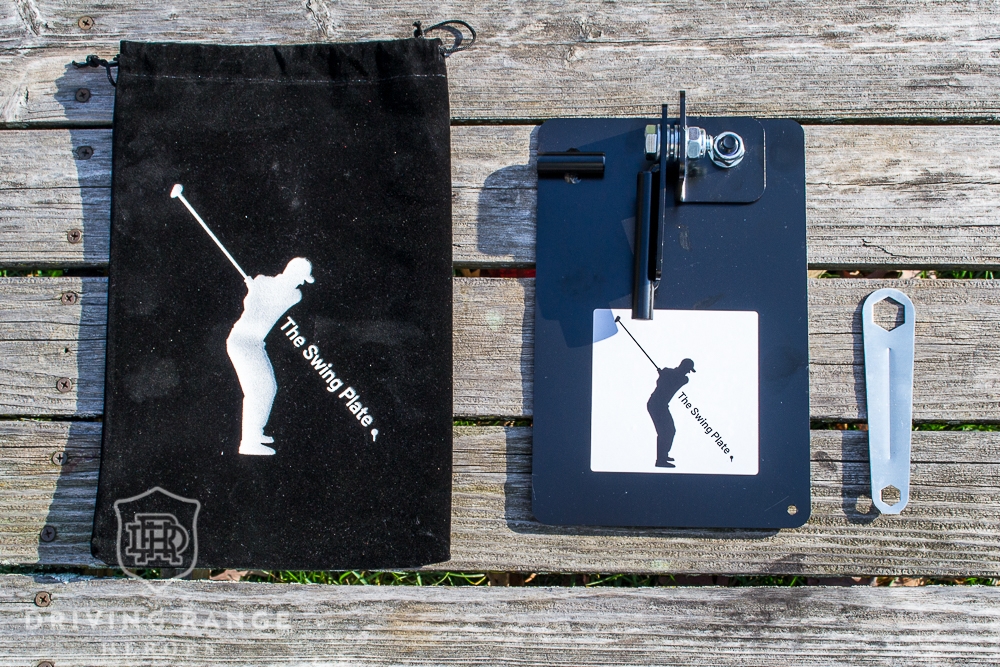
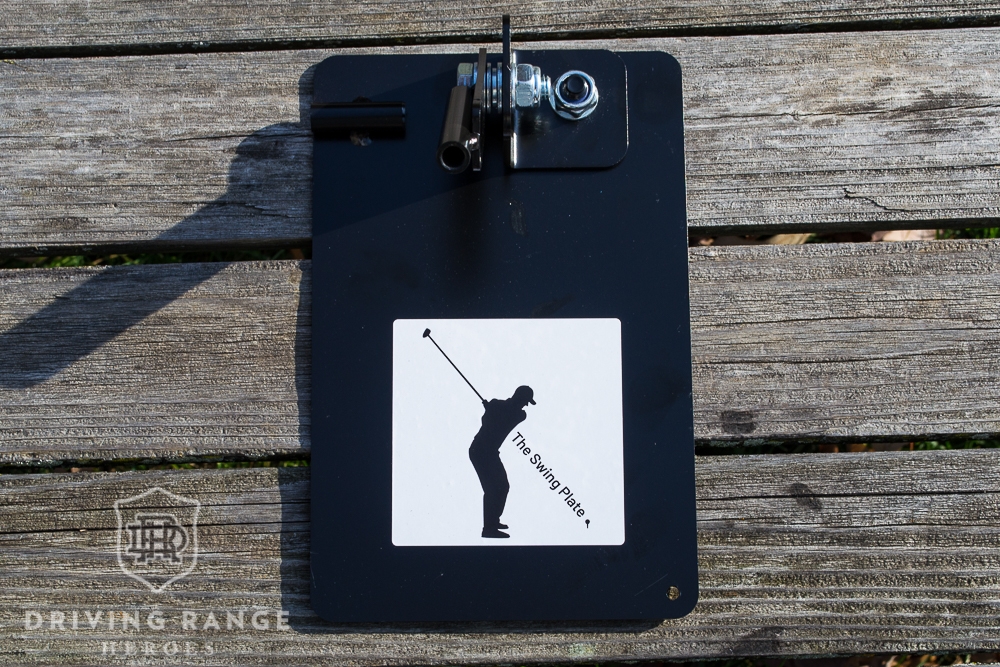

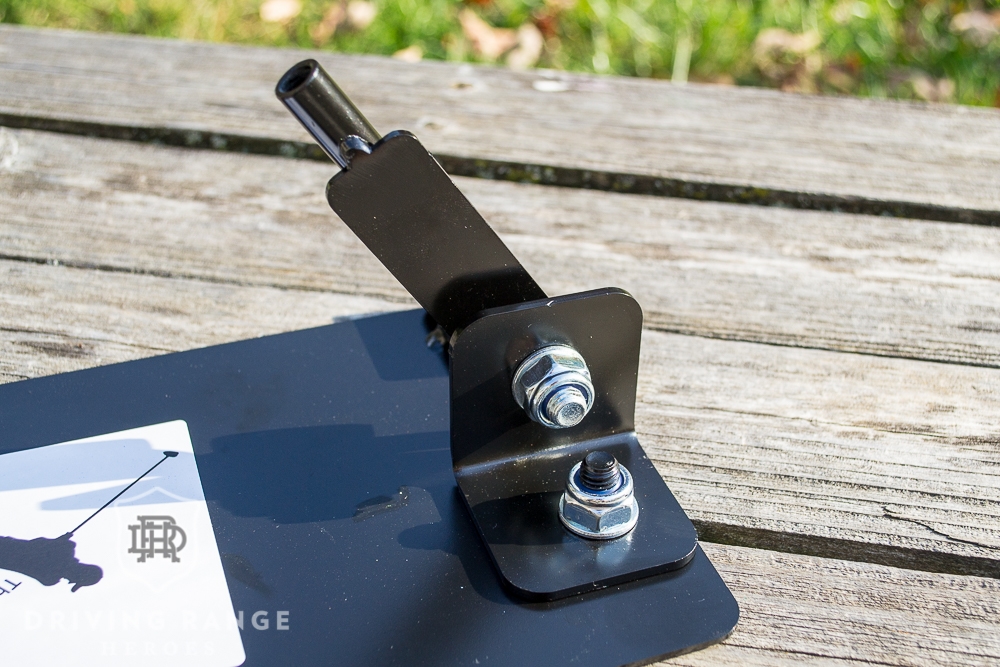
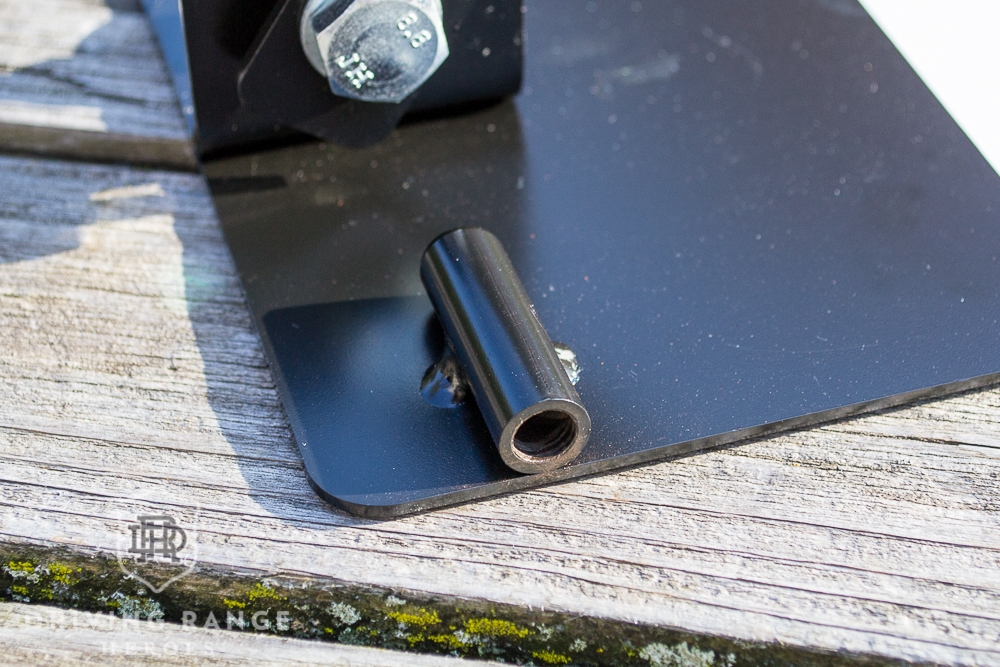

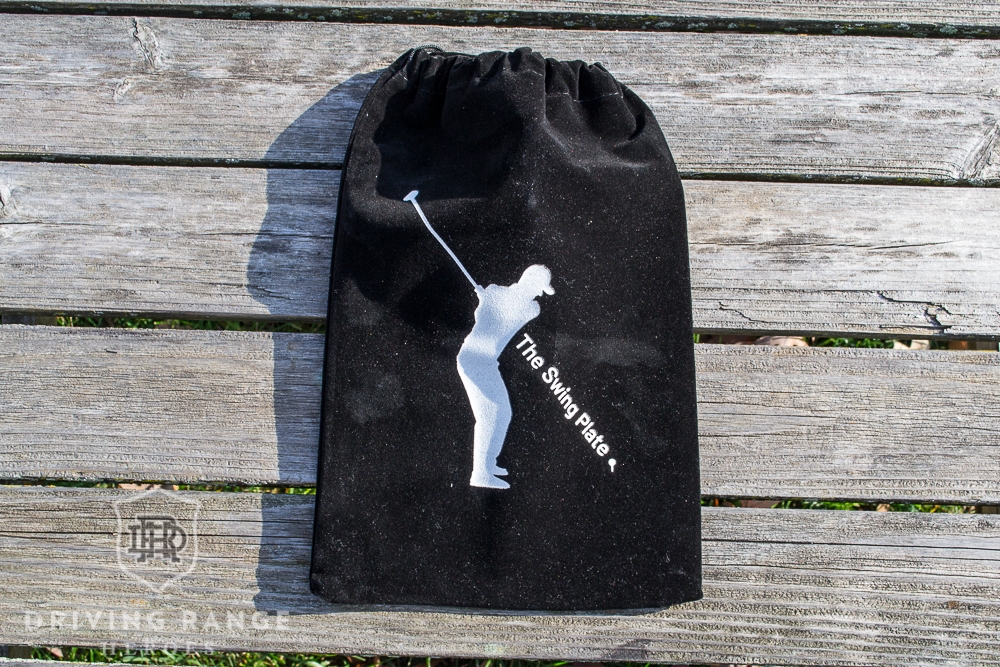
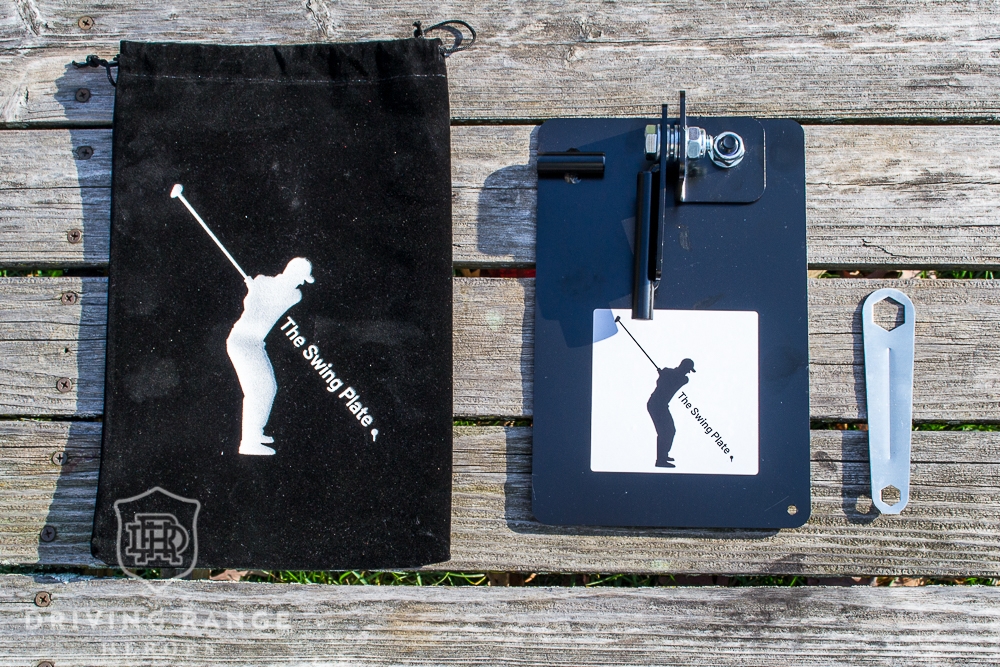
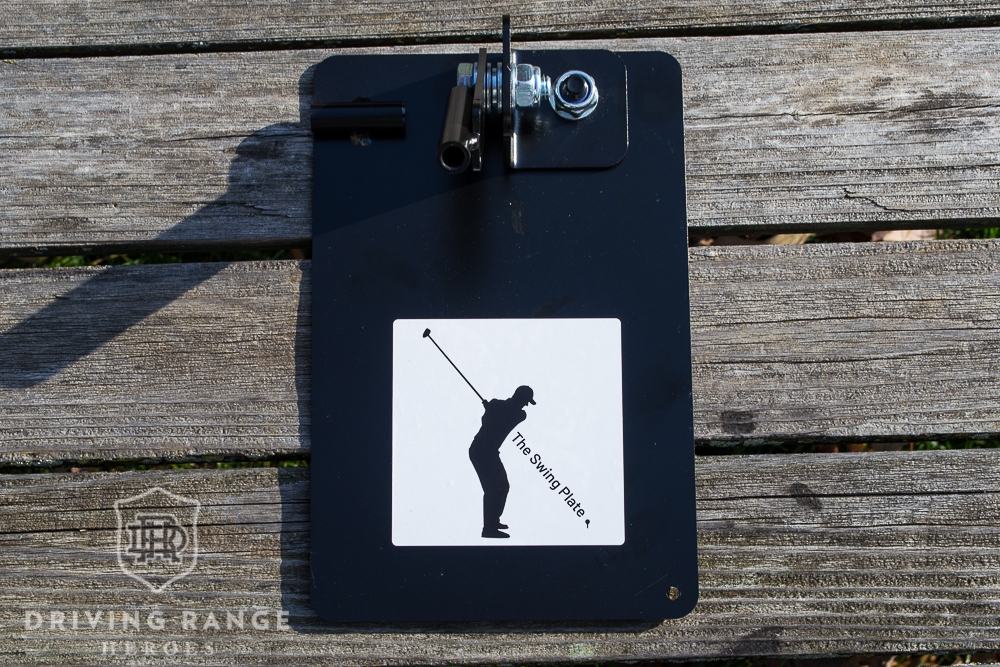
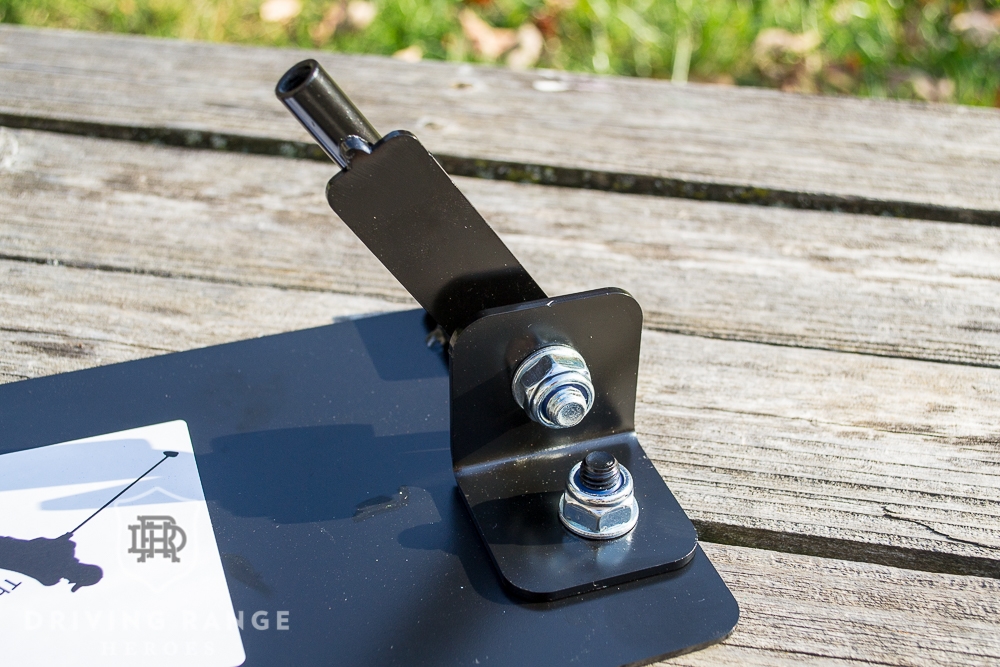

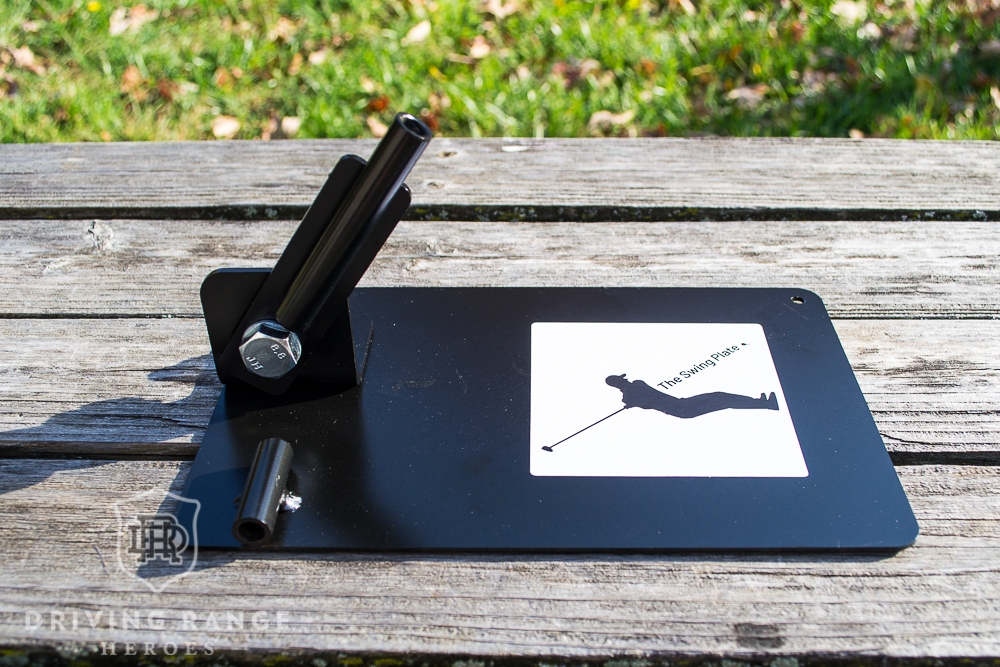

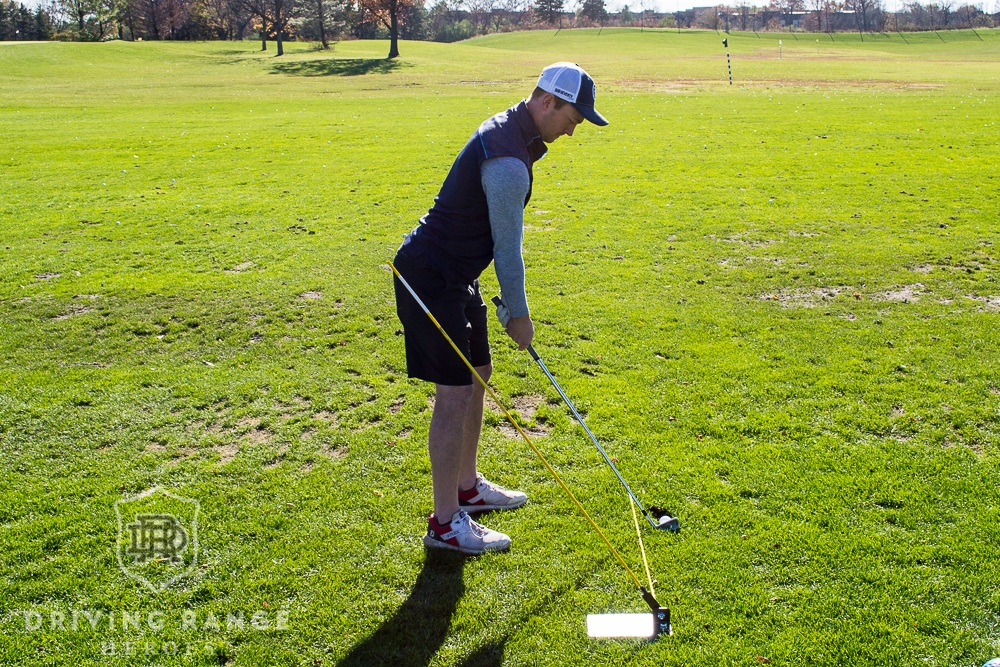

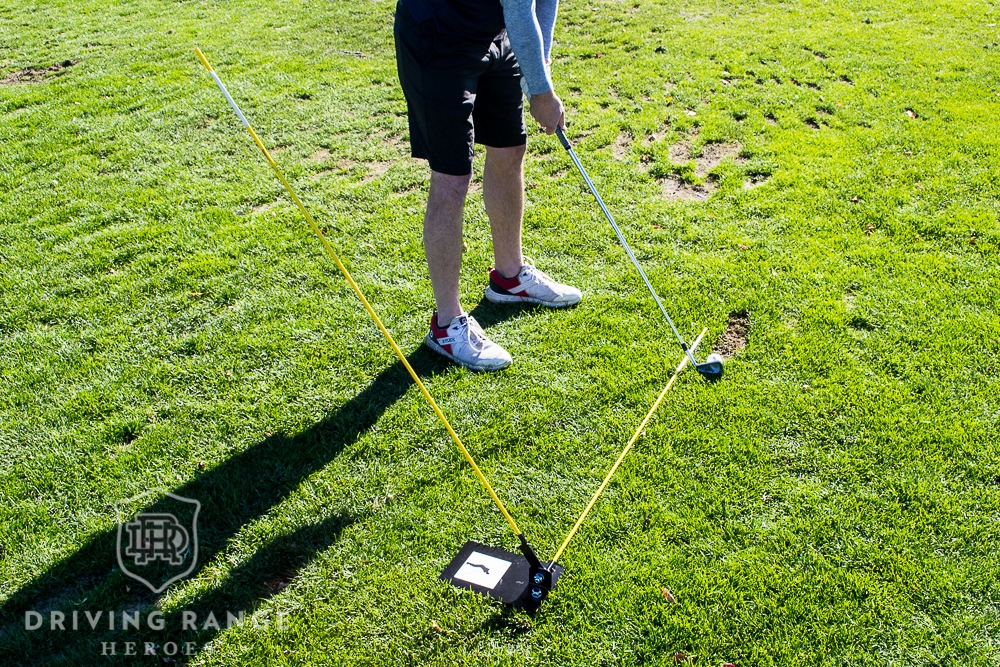
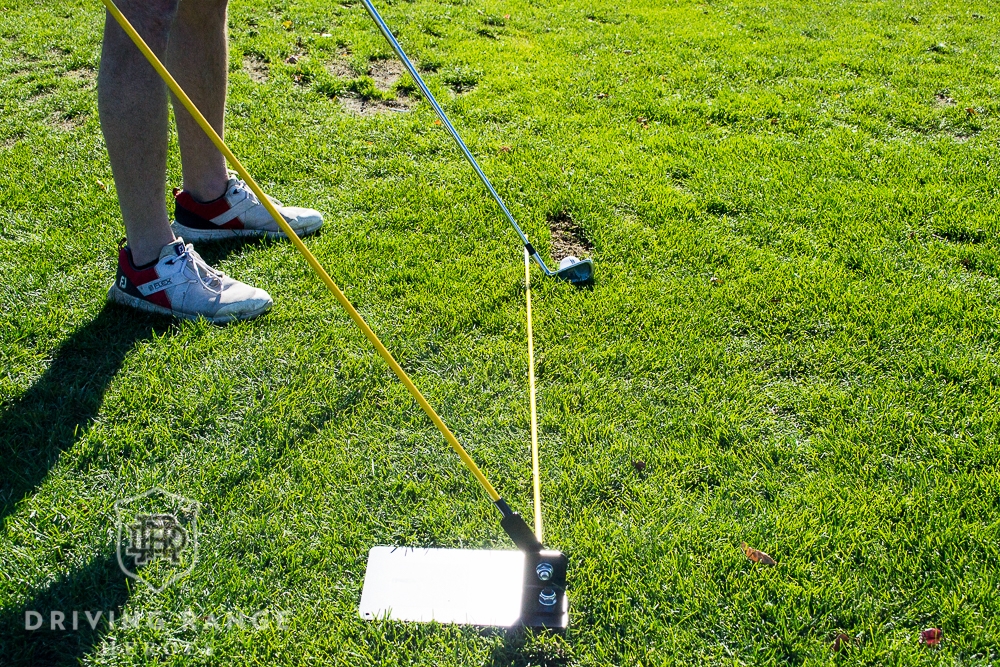

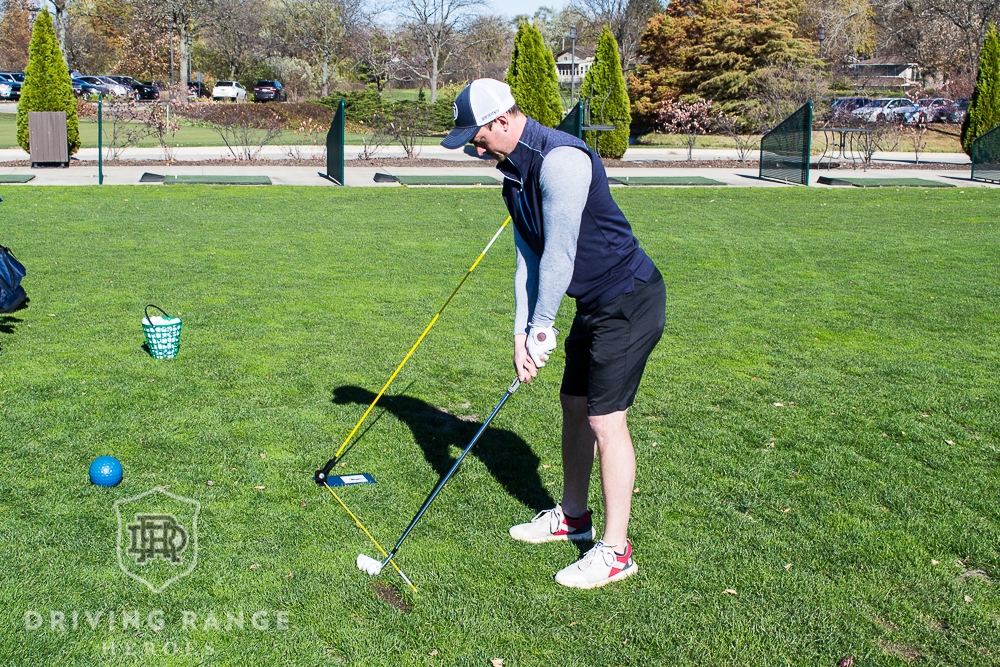
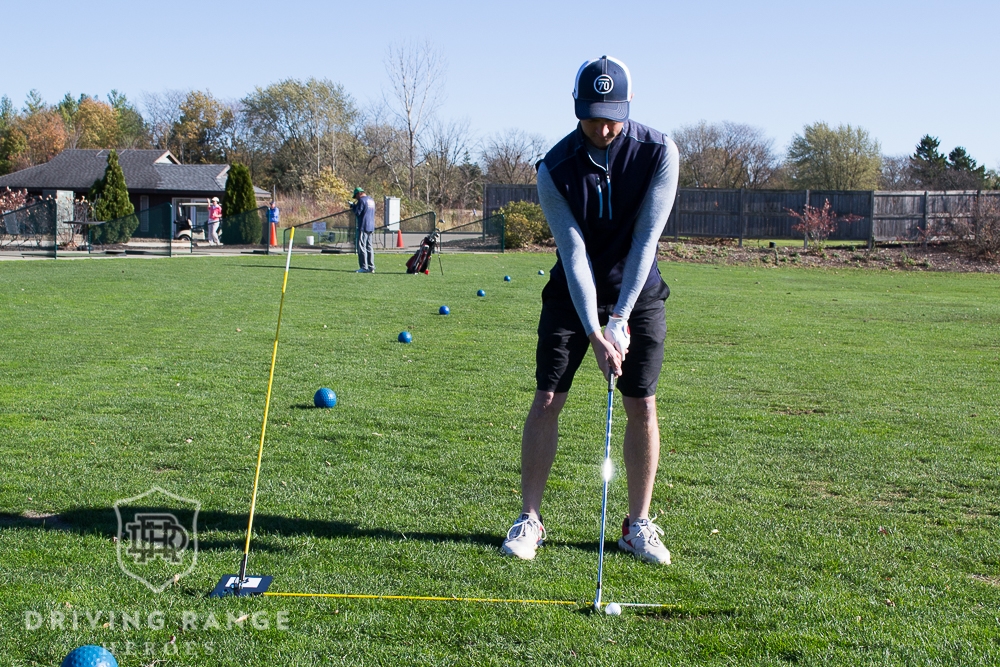
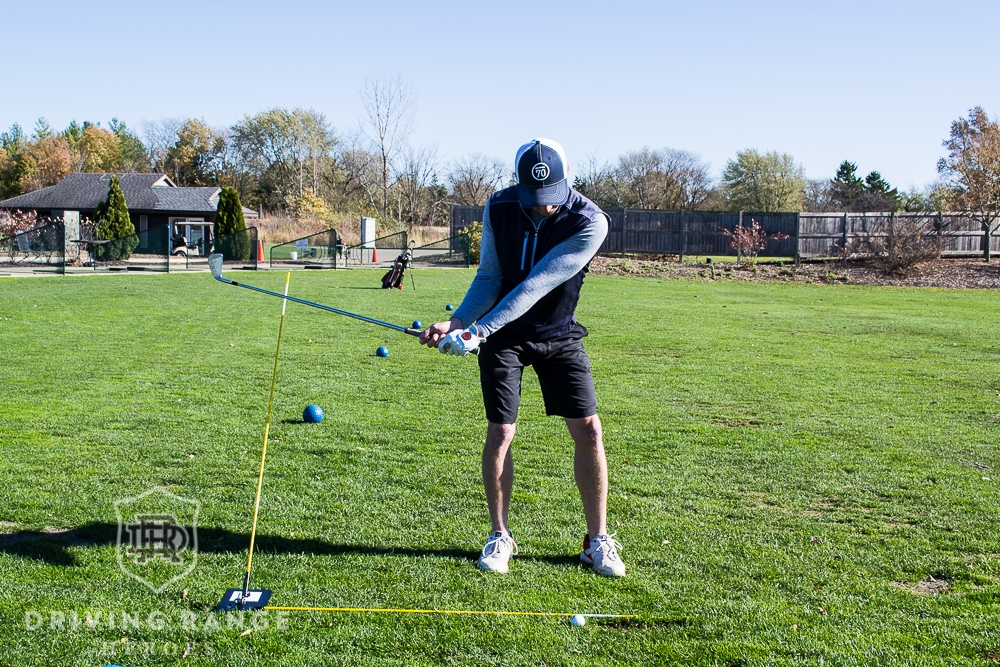


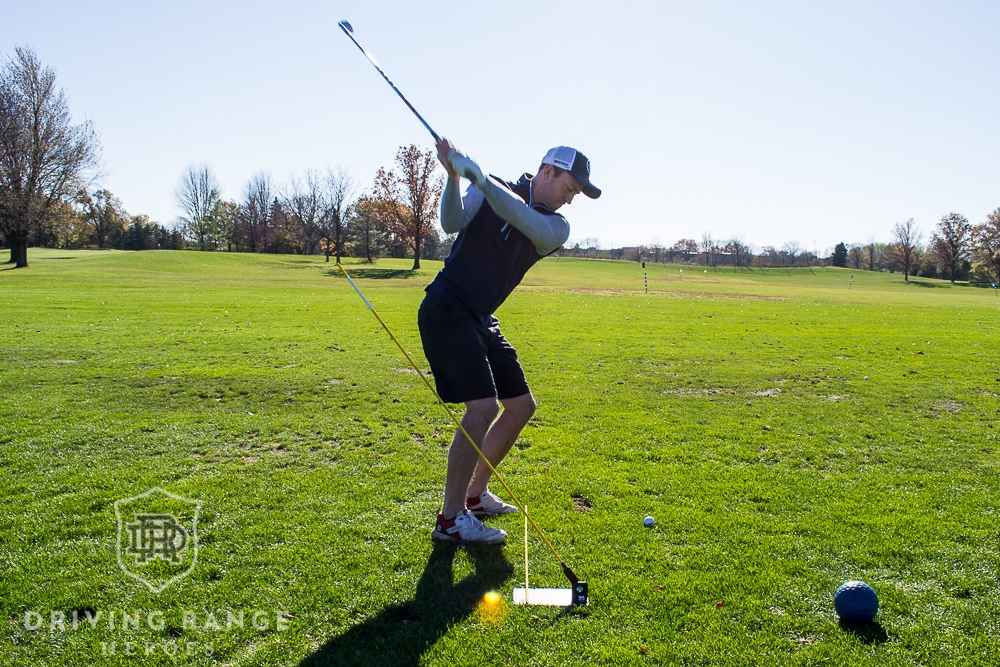

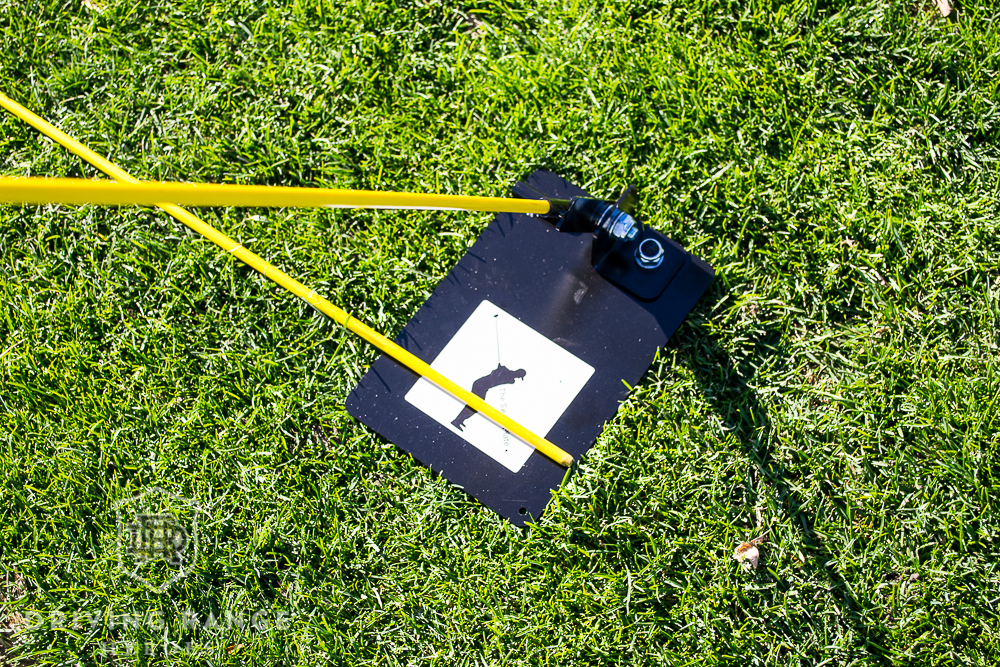

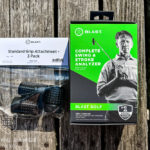

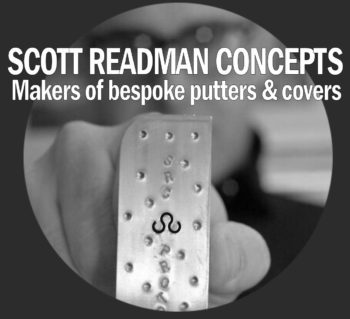











is it allowed and “OK” to bring and use the swing plate at a public driving range?
I mean, I would assume so. I can’t think of many times I’ve seen a driving range say no to training aids, but I suppose that depends on the range you go to.